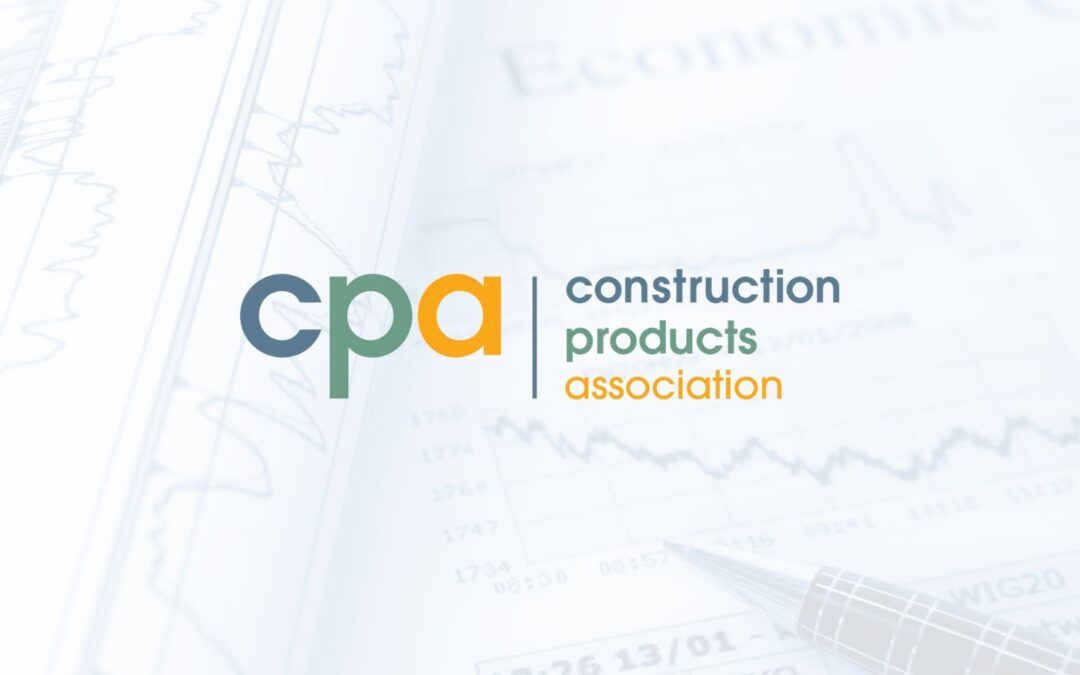The
Construction Products Association’s latest State of Trade Survey for 2023 Q4 showed that manufacturers ended last year with a further fall in construction product sales on both the heavy side and light side – the sixth consecutive quarter of decline for heavy side manufacturers and the second fall for those on the light side. Manufacturers anticipate sales will decline over the next 12 months, citing a clear concern over the weak demand expected in 2024.
In 2023 Q4, a balance of 63% of heavy side manufacturers reported that sales of construction products decreased, marking the sixth consecutive quarter of decline and the weakest performance since 2020 Q2, at the height of the pandemic. Alongside this, 40% of light side manufacturers also reported a fall in product sales. This was the second quarterly decline but, equally, the lowest balance recorded since activity was paused during the early pandemic restrictions.
Looking to the next 12 months, demand was cited by 71% of heavy side manufacturers and 80% of light side manufacturers as the factor most likely to constrain growth during 2024. Consequently, 11% of heavy side manufacturers and 15% of light side manufacturers anticipated a fall in sales over this year.
The backdrop for costs was shown to be more favourable, however, with manufacturers reporting a continued easing in cost inflation. Price pressures were lower for raw materials, fuel and energy, which had all been major contributors to inflation over the last couple of years. Nevertheless, manufacturers reported continued upward pressure from wages & salaries.
Rebecca Larkin, CPA Head of Construction Research said: “Manufacturers had a challenging end to 2023 and there appears little to rally expectations for growth this year. Falls in new construction orders since the end of 2022 have now begun to filter through into lower construction activity, particularly in housing, commercial offices and warehouses and factories in the industrial sector. With flatlining GDP growth, a step-change in interest rates and build costs, and emerging risks around delays and cost rises related to the Red Sea shipping disruptions, it should come as no surprise that demand was flagged as the key concern for construction product manufacturing activity in 2024.”
Key survey findings include:
- A balance of 63% of heavy side firms and 40% of light side firms reported that construction products sales fell in 2023 Q4 compared with Q3
- This was the sixth straight quarter of decline for the heavy side and second for the light side
- 11% of heavy side manufacturers and 15% of light side manufacturers anticipated a fall in sales over the next 12 months
- 71% heavy side manufacturers and 80% of light side manufacturers cited ‘demand’ as the key concern for sales over the next 12 months
- Cost balances continued to moderate but wages & salaries were the strongest cost pressures for both heavy side and light side manufacturers




